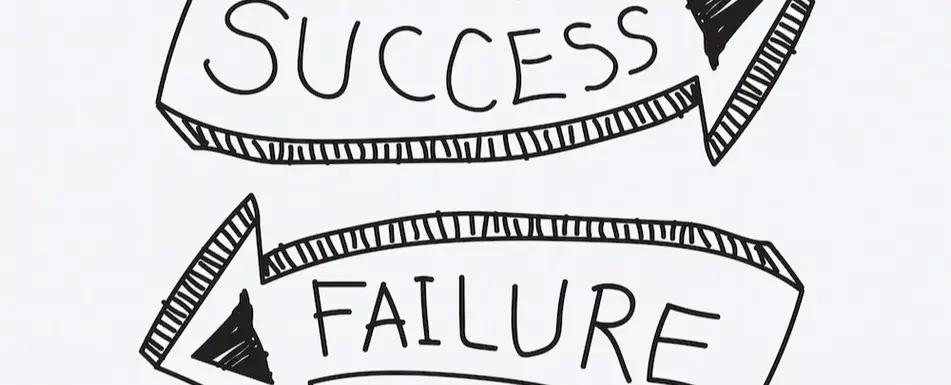Why You Should Schedule "Failure Meetings" At Work

What would you try if you knew you wouldn’t fail?
It’s a question that gives many the courage and reassurance to fantasize about accomplishing what seems unattainable. In the wake of possibly failing, many avoid trying out their riskiest (and perhaps most imaginative) ideas. They might be more inclined to forge ahead if success is a sure thing.
In reality, there is never such a guarantee...and aside from that, there is something to be said about the benefits of failure and overcoming one’s fear of it. All those missed attempts at success actually count for something, so much so that there are conferences held to present them!
How to start embracing failure
You might be hearing a lot of buzz about failure, focusing on two things: failure indicates that a) a new action was taken and b) there was an opportunity for learning. Consider this the next time you are facing any situation in which you fear you might fail. Remember that if you take no action, you are not likely to have success either. Focus on what makes your proposed action innovative and have an eye out for the learning opportunity should the outcome not be as you expected.
You can use this mindset for your projects at work. Perhaps you had an idea for an improved process or new program but in spite of your efforts, it’s just not working. Rather than focusing on the “fail,” comb through the details of the actions you took, the results, and what you learned. You might even want to take the concept of the fail conference and bring it to your workplace.
How to host a failure meeting at work
Try coordinating your own “failure meetings” with your coworkers. These gatherings can be informal and short in duration, held over lunch or before the work-day actually starts in the morning. Create a safe space for you and your colleagues to share your failures and invest in each other’s success by providing support, positive feedback, and ideas for developing new solutions.
To run a successful “failure meeting” follow these steps:
Give an overview of what happened
Briefly share the steps you took in completing the project and what the outcomes (positive, negative, or neutral) were.
Get to the heart of the failure
Reflect on what may have caused your failures. Before you meet with your group, think about which of the following may have applied to your situation:
- Lack of understanding of my organization’s needs
- Miscommunication regarding the population we are serving and/or its needs
- Misuse of resources
- Drop in motivation to see the project to completion
Share this with your group and allow them to provide insights from their perspectives as well.
Outline what you learned
Share with your group what you learned about:
- Yourself and your working style
- Your organization and its needs
- Your team and how it works together (as well as areas needing improvement)
- Process improvements that may have surfaced
- What you learned NOT to do
Move forward
Take what you learned and use it to outline with your group what you can do next time for a better outcome. Ask for feedback and ideas.
- Identify ways to overcome the issues that arose in your situation. For example, if you discovered while working on the project that you didn’t understand how it related to your organization’s needs, what can you do next time to make sure you have the clarity necessary to proceed?
- Develop a plan for taking what you learned and apply it to your next project or in reviving the project in question. In the example above, a discussion with your manager or an inter-department meeting might help you better see all the moving parts and gain a clearer picture.
- Reconvene with your group to share what worked and what didn’t.
While reflecting on your failures can certainly provide helpful insights, the goal of your meetings is to get you and your colleagues to move towards successful outcomes. With that in mind, you may want to schedule your meetings only once a month or so. If you have so many failures to discuss that you are meeting weekly, remember that you can learn and improve through positive results as well!
Did you enjoy this post? There's plenty more where this came from! Subscribe here for updates.
By Victoria Crispo
This post was contributed by a guest author.


